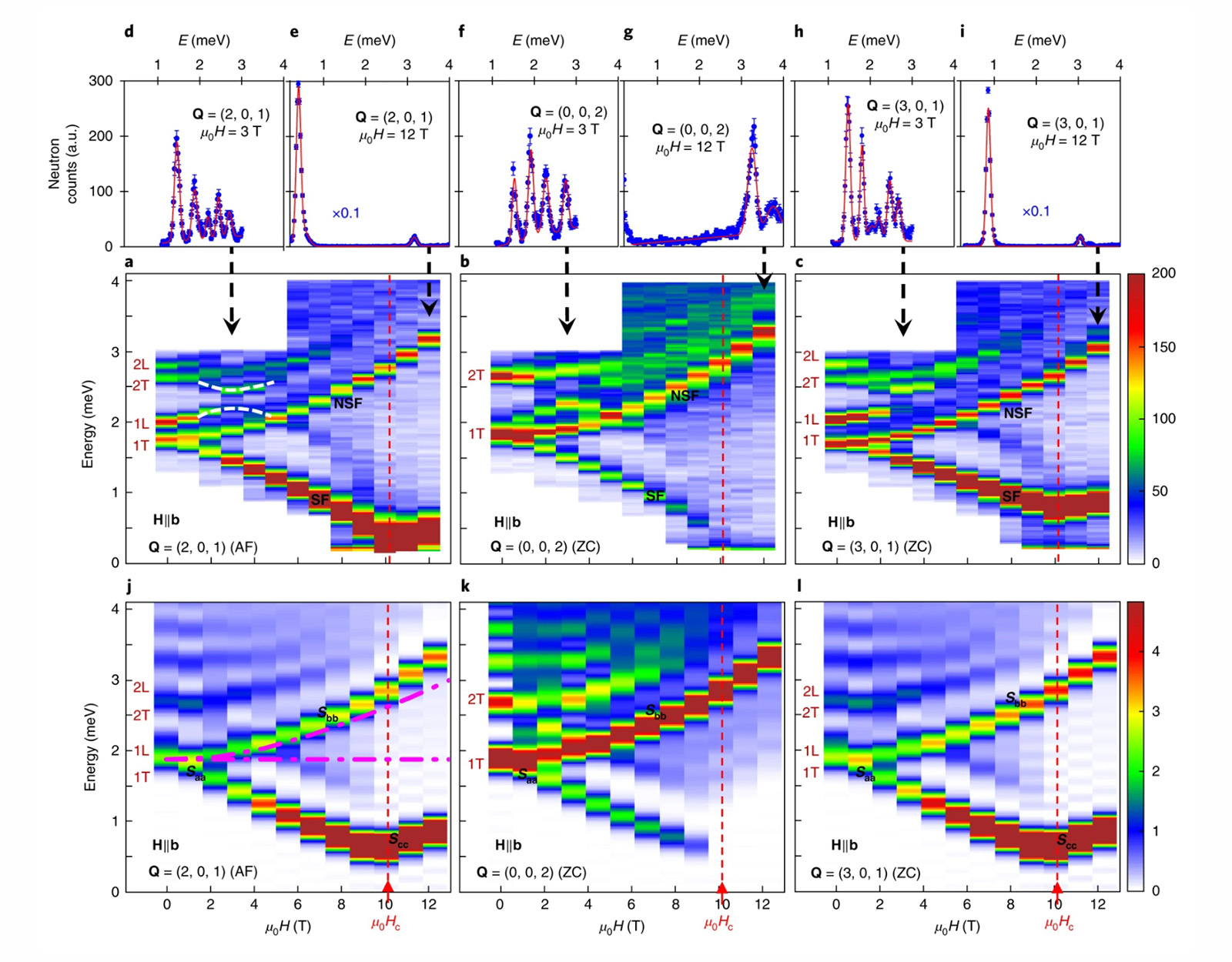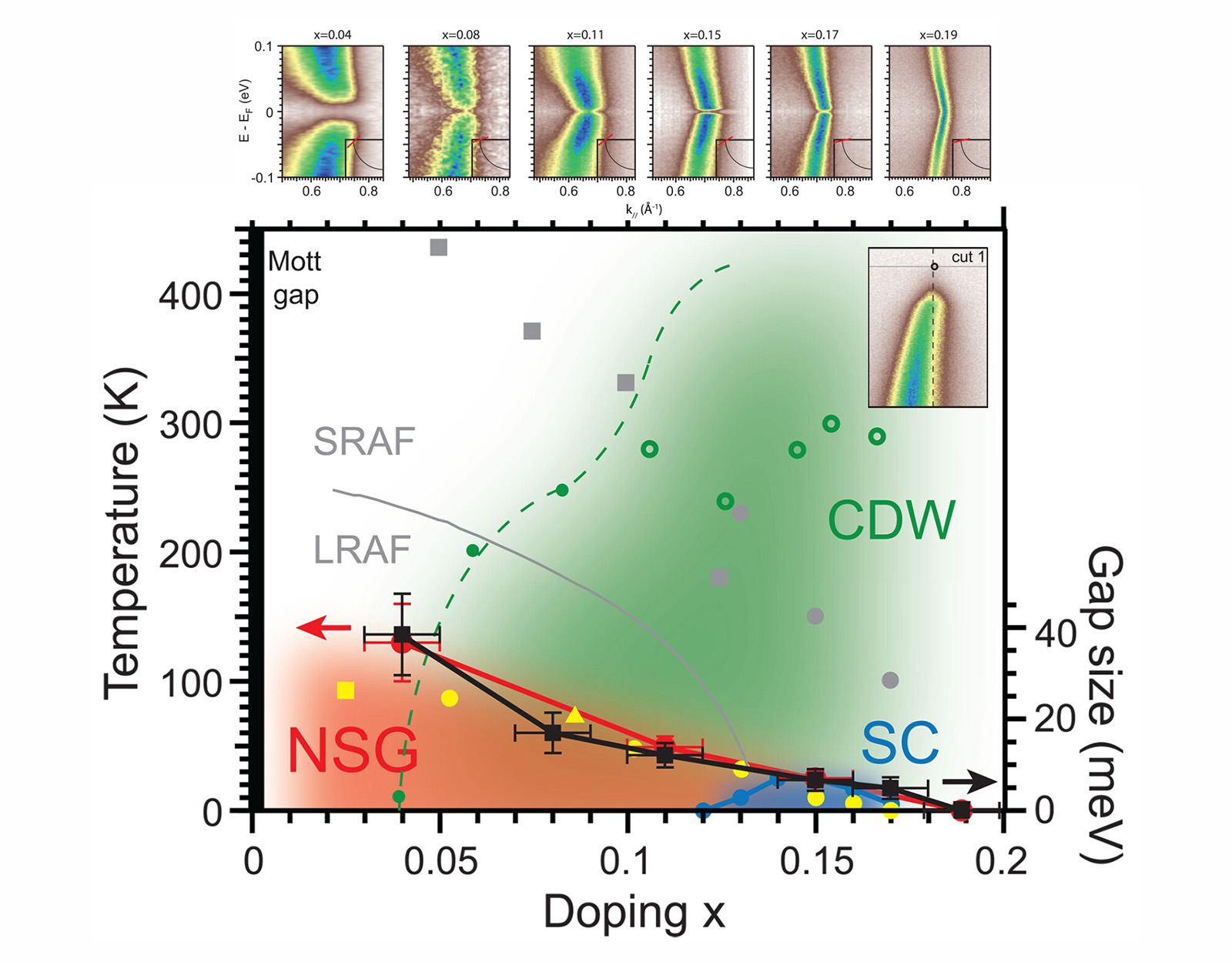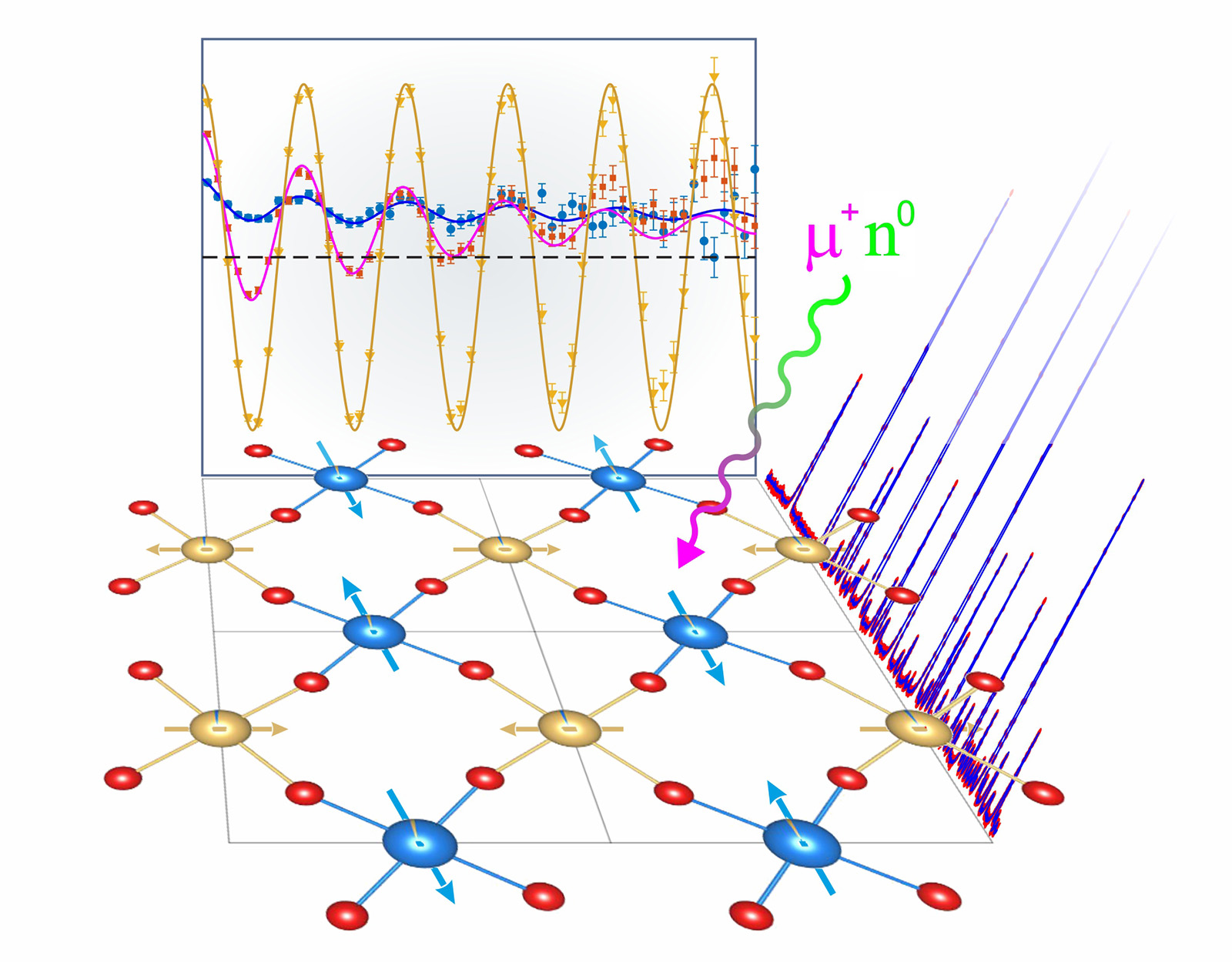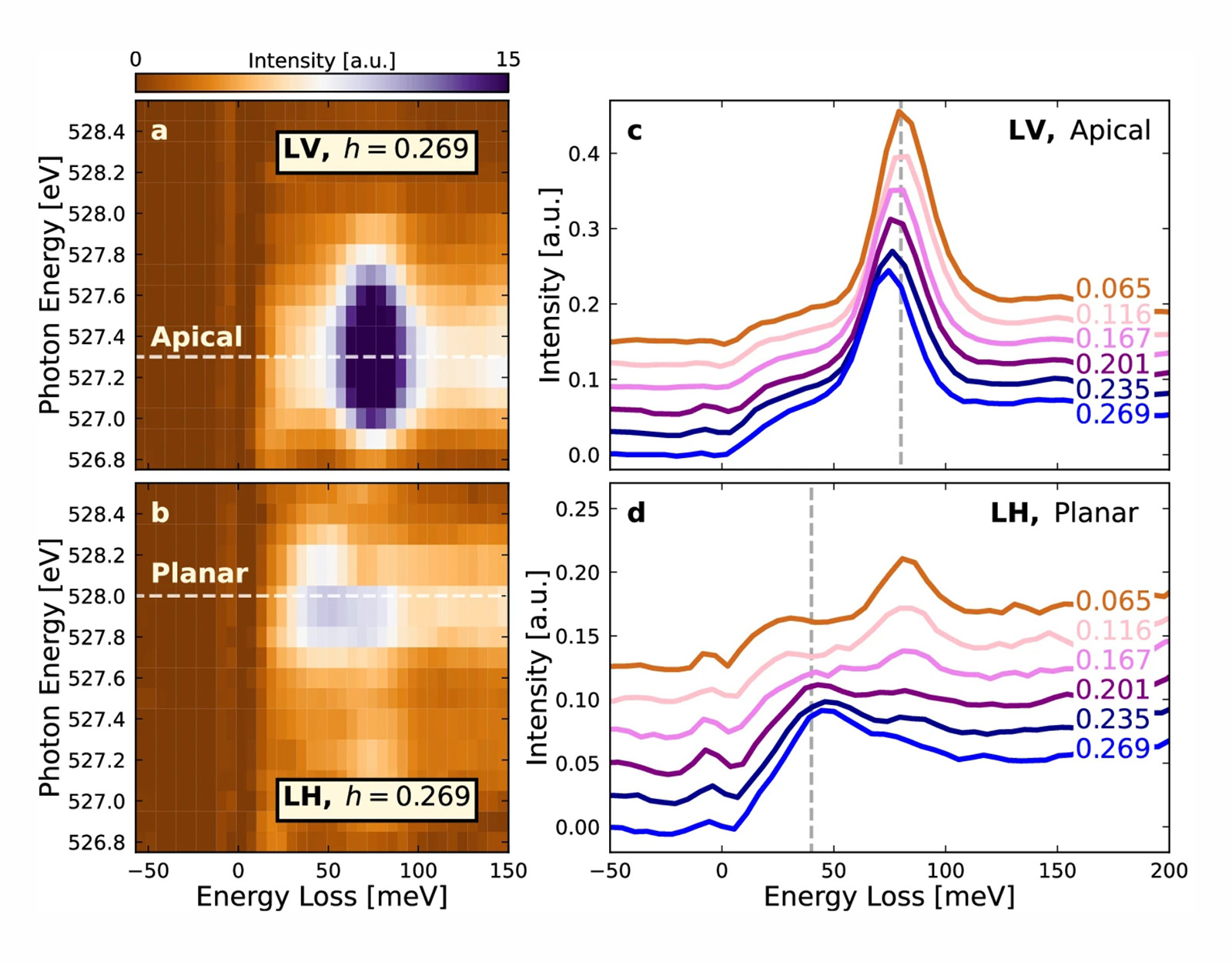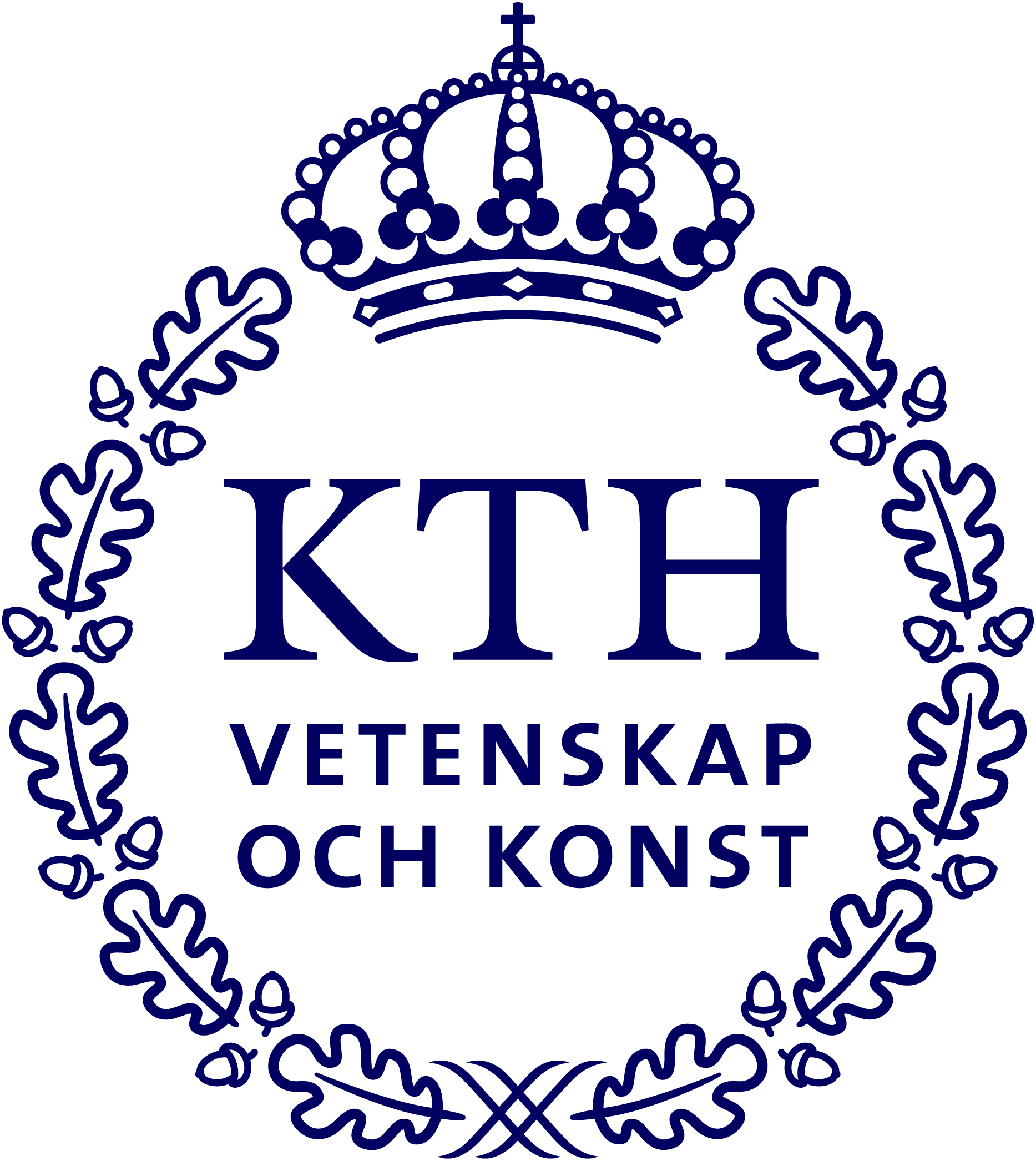Quantum Materials and Technologies

Large-scale research infrastructures such as neutron scattering, synchrotron radiation, and muon facilities are essential to the advancement of quantum technologies because they allow scientists to probe materials at the atomic and subatomic levels with unparalleled precision.
Large-scale research infrastructures provide deep insights into the quantum behaviour of matter, enabling the study of spin dynamics, lattice vibrations, electron correlations, and magnetic properties that are fundamental to developing quantum devices and materials. For instance, neutron scattering reveals information about magnetic ordering and spin interactions in quantum materials, while synchrotron radiation offers high-resolution structural and spectroscopic data on quantum heterostructures and superconductors. Muon spin rotation techniques, meanwhile, provide a unique window into local magnetic fields and charge environments within complex materials, thin films, and multilayers.
Together, these infrastructures serve as state-of-the-art testing grounds for novel quantum materials and components such as superconductors, topological insulators, magnetic skyrmions, and quantum dots, all emerging key building blocks for quantum computers, sensors, and communication systems. By combining world-leading instrumentation, large user communities, and interdisciplinary collaboration, they bridge fundamental physics and applied engineering. Their ability to generate high-quality, reproducible data under extreme conditions—such as ultralow temperatures, high pressures, and strong magnetic fields—makes them indispensable for understanding and controlling quantum phenomena, thereby accelerating the transition from quantum science to viable quantum technologies.
With world-leading sources such as MAX IV and ESS located within walking distance of each other in Lund and the Öresund region, Sweden has established a uniquely integrated ecosystem for materials and quantum research. This close alignment between infrastructure, academia, and industry fosters collaboration, innovation, and rapid progress from fundamental discovery to technological application, positioning Sweden as a key driver in the emerging quantum technology landscape.
Examples
